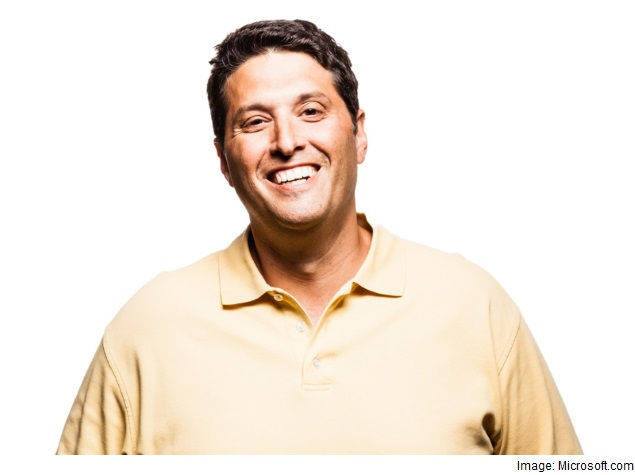Three Microsoft executives saw their responsibilities multiply last week when the company announced that it was consolidating its engineering efforts, leading to the departure of several senior executives.
The one executive whose job will expand the most is Terry Myerson, in a change that will cement his position as the company’s most powerful product leader.
Myerson, who already led one of the largest software organizations in the world in Microsoft’s operating systems group, is now also in charge of Microsoft’s growing family of devices. Not only will he have Windows in his portfolio, but he will also oversee every prominent gadget Microsoft is known for, including the Xbox, the Surface, Lumia smartphones and the HoloLens.
“He’s one of the real power brokers now,” said David Smith, an analyst at the technology research firm Gartner.
During his 18 years at Microsoft, Myerson has earned a reputation as one of its most effective engineering leaders, ruffling more than a few feathers along the way.
He is what some people inside Microsoft call a shipper, someone who can manage the frightening complexities of completing large-scale software projects. The addition of the devices group puts Myerson, 42, in charge of more than 10,000 employees, according to a person with knowledge of the matter who asked for anonymity because that number was confidential.
Over the years, Myerson has won the loyalty of many people who work for him. He has a self-deprecating sense of humor, including a willingness to dress up in costume during company meetings.
Other current and former employees say his aggressive approach can rub some people the wrong way. Blunt and confident, Myerson can be harsh to colleagues he does not feel are measuring up to his standards, according to several people who worked with him, all of whom asked for anonymity because they still cross paths with him.
“His style is pretty direct,” Smith said.
Other colleagues said Myerson had become less abrasive in the last couple of years, as he reached his 40s and Satya Nadella, Microsoft’s new, more contemplative chief executive, took over.
A spokesman for Microsoft said Myerson was not available for an interview.
Myerson’s work on the company’s mobile phone software is a particularly important chapter in his rise. His colleagues credit him with being one of the first senior engineering leaders at the company to recognize that Microsoft needed to drastically alter its approach to the smartphone business after the iPhone’s release.
In late 2008, he convened a meeting of the product team responsible for what was then called Windows Mobile, the company’s mobile phone operating system. Windows Mobile worked on smartphones from a number of handset-makers, but after the release of the iPhone the year before, Microsoft’s technology was looking increasingly dated, modeled on old-style, keyboard-centered smartphones made byBlackBerry.
At a meeting that came to be known inside his group as the “cage match,” Myerson and his team debated for hours about whether much of Microsoft’s product could be salvaged. They ultimately decided to scrap their code and rebuild the product from scratch, Myerson said in an interview a few years ago.
While the new software that resulted, Windows Phone, was praised as a far superior alternative to its predecessor, its development took time, giving Google an opening to push its Android software to handset makers. Windows Phone this year is forecast to account for about 3.2 percent of worldwide smartphone shipments, compared with just under 80 percent for Android, according to the market research firm IDC.
Behind the scenes, a management drama began brewing. During the development process, Myerson lost faith in the leadership of his boss, Andy Lees, even taking his complaints to Steven A. Ballmer, Microsoft’s chief executive at the time, according to people with knowledge of the conversations.
By the end of 2011, Ballmer, too, decided it was time for a change, moving Lees to another job in the company and naming Myerson his replacement, in charge of all of Windows Phone. Lees left Microsoft in 2013.
Before working on mobile, Myerson did a long stint running the engineering for Microsoft’s lucrative Exchange messaging business. He joined Microsoft in 1997 when he sold it the startup he founded, Intersé, after graduating from Duke University.
Overseeing devices for Microsoft will pose new challenges, especially its troubled smartphone division, which includes the handset business the company acquired from Nokia. Handset sales have fallen short of the company’s goals in recent quarters, and there is no easy fix for its problems.
More than any other product, Myerson is likely to be judged on the success ofWindows 10, a new version of Microsoft’s operating system coming out in July for PCs. The last major release of the software, Windows 8, was widely considered a disappointment, one that did nothing to restore growth in the sluggish PC market.
“In comparison to Windows 8, there’s nowhere to go but up,” Smith of Gartner said. “That’s the good news.”
© 2015 New York Times News Service
Source-NDTV








